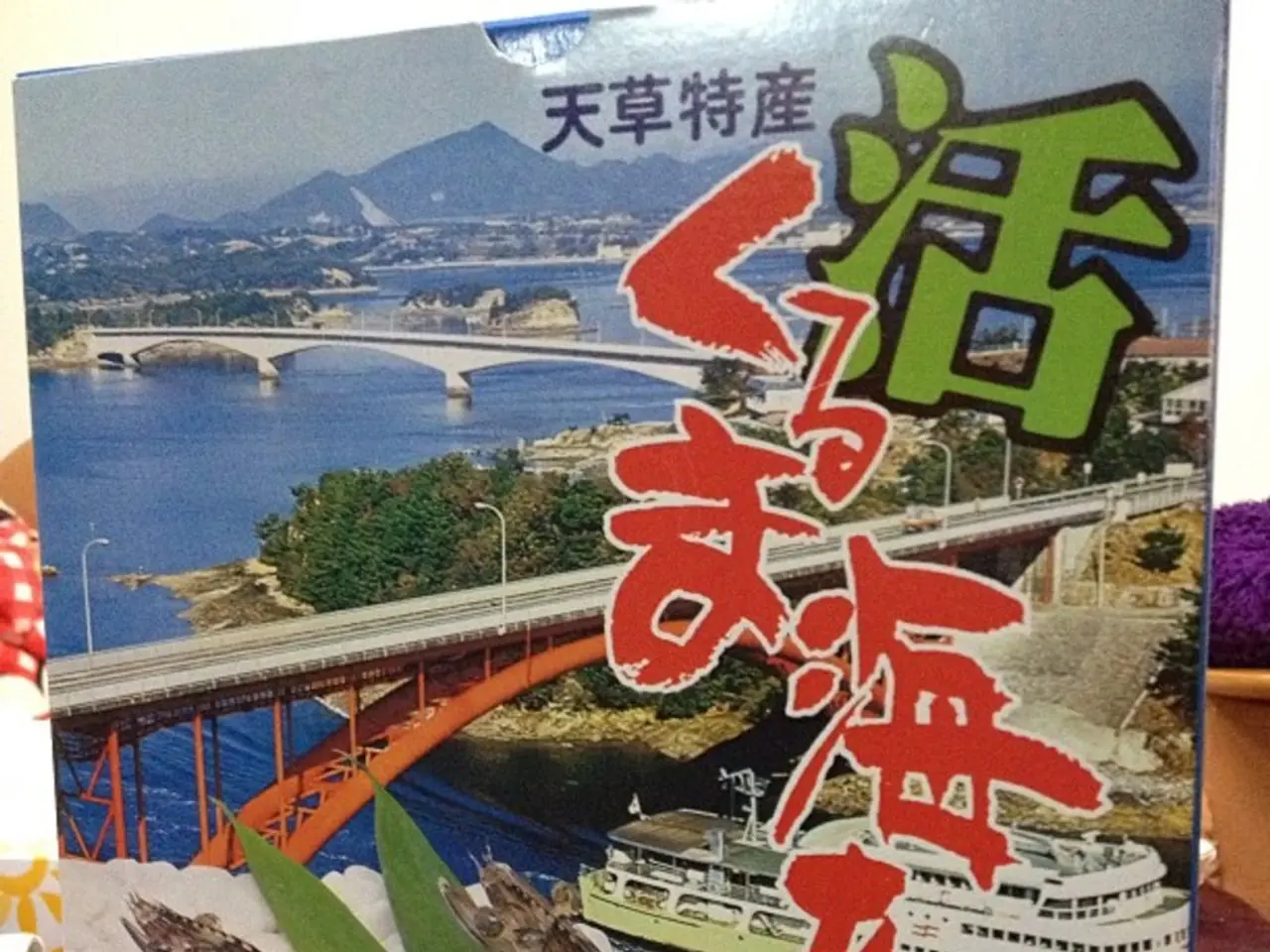The Haunting Tale of Roopkund: The Lake Packed with Skeletons in Uttarakhand, India
In the heart of Uttarakhand's Chamoli district, nestled at an altitude of 5,029 meters, lies a captivating mystery known as Roopkund, or Skeleton Lake. This enigmatic site has been a source of fascination for over a century due to the hundreds of ancient human skeletons found within it.
Discovered in 1942 by British forest ranger H K Madhwal, Roopkund is estimated to house between 300 and 800 individuals, their remains still largely unstudied. Archaeologists urge caution in declaring the mystery of Roopkund solved due to the disturbed site and the difficulty in interpreting the evidence.
The lake continues to defy conclusive answers, with scientists believing more surprises may lie hidden in this icy grave. Over the years, theories have ranged from the remains belonging to Japanese soldiers, Tibetan traders, or victims of an epidemic, to pilgrims on the Nanda Devi Raj Jat Yatra, a Hindu pilgrimage.
A more compelling theory emerged in 2004, suggesting that the dead were likely pilgrims on the Nanda Devi Raj Jat Yatra. Musical instruments and folklore about goddess Nanda Devi's wrath killing irreverent pilgrims support this theory. However, DNA studies show the skeletons at Roopkund belong to genetically diverse groups, including South Asians, Southeast Asians, and people of Mediterranean ancestry.
The 2019 five-year global study revealed three distinct groups of people in the skeletons found in Roopkund: one of South Asian origin, another of eastern Mediterranean ancestry linked to Crete, and one individual of Southeast Asian origin. These findings suggest that Roopkund had been the site of multiple episodes over more than a millennium, dismantling the earlier theory of a single catastrophic event.
The Roopkund trek is a moderate to difficult trek due to the altitude and terrain, requiring fitness and acclimatization. The road journey from Kathgodam to Lohajung, the trek base, is approximately 220-230 km and takes 8-12 hours. Basic guesthouses are available at Lohajung, Wan, or Didina, and forest department permits are required.
The trekking route to Roopkund begins in quiet Himalayan villages, winds through dense oak forests and vast alpine meadows, and climbs up to the icy Junargali ridge at 5,000m. Overnight camping in alpine meadows (bugyals) is banned to protect fragile ecosystems.
Today, Roopkund has evolved from an archaeological curiosity into one of India's most iconic trekking routes. The nearest airport to Roopkund is Pantnagar Airport, with Jolly Grant Airport (Dehradun) being another option. Kathgodam Railway Station is the nearest railhead, located approximately 235 km from Roopkund.
The revelations surrounding Roopkund have deepened the enigma, with questions about how people of Mediterranean descent ended up in such a remote Himalayan landscape and why distinct groups perished there, centuries apart. The answers to these questions remain elusive, adding to the allure of this captivating mystery.








